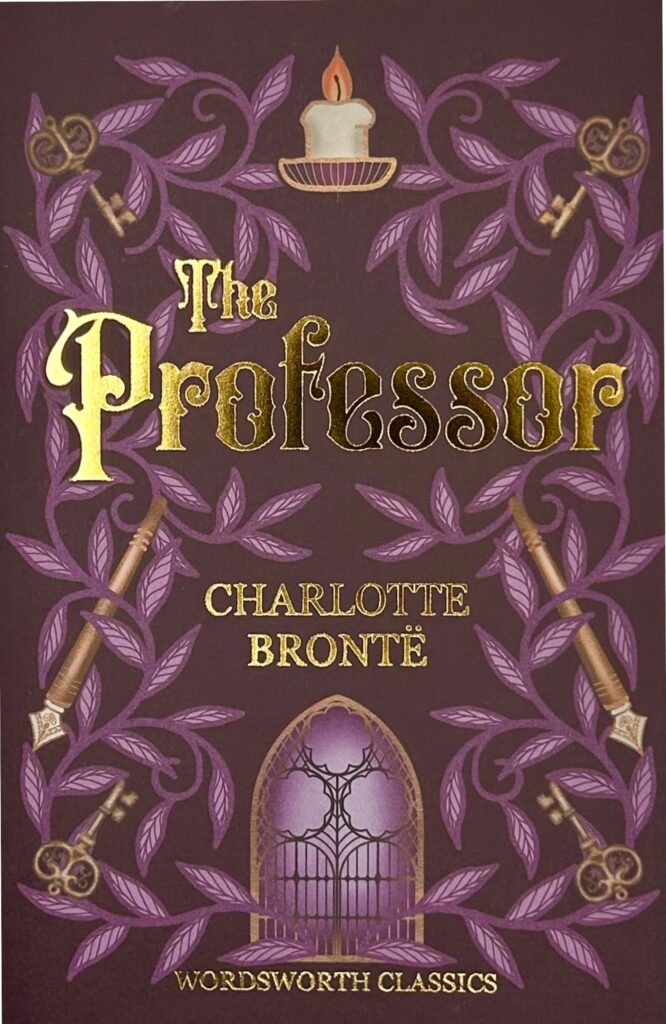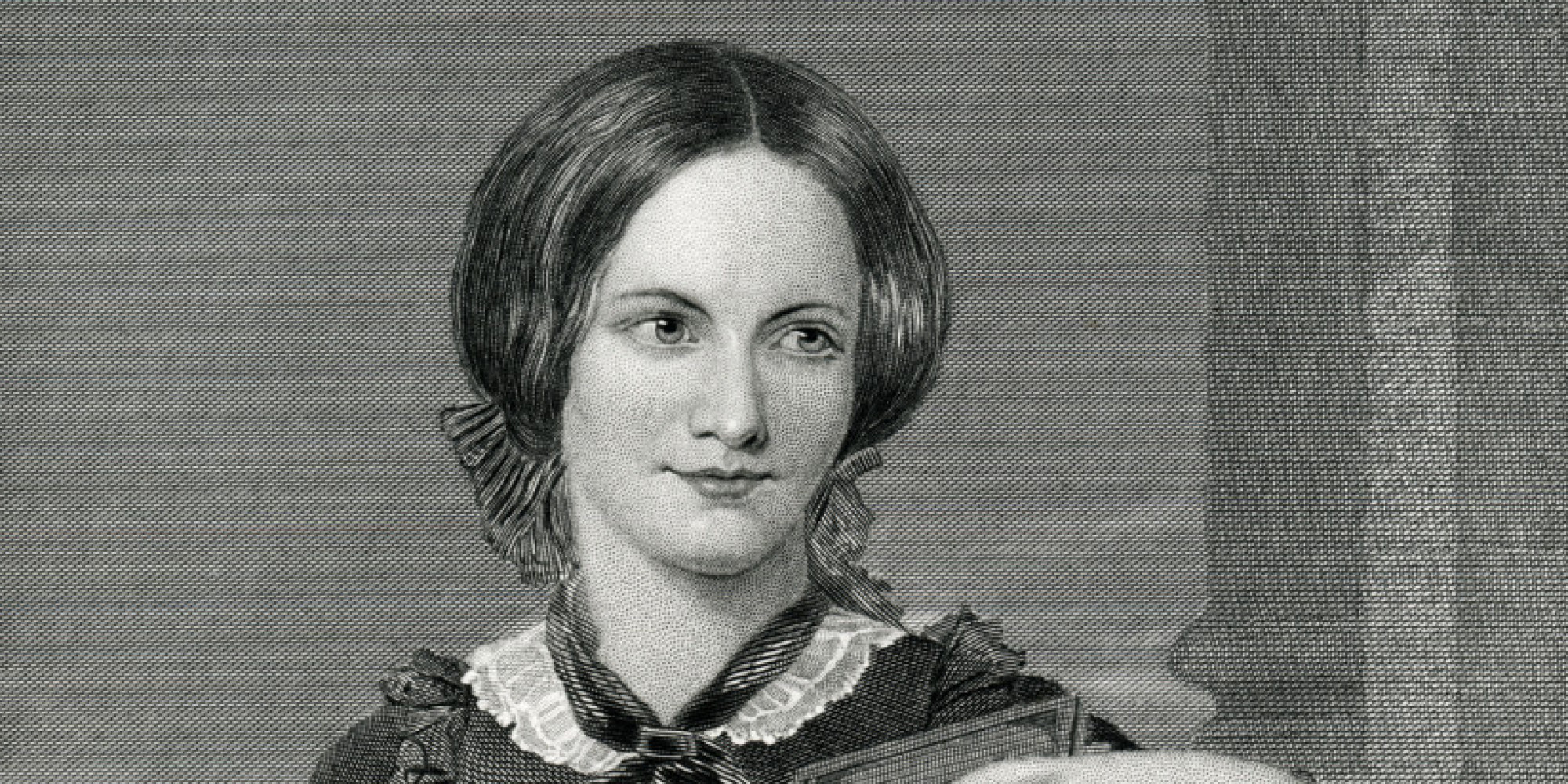
Sally Minogue writes on Charlotte Brontë
Sally Minogue writes on the life and works of the oldest of the Brontë sisters.
We know almost too much about the Brontës. The isolation of their upbringing, their early literary productions, the oddity of their imaginations, brother Branwell’s dissolution, and the extraordinary publishing success of all three sisters (initially under male pseudonyms), are followed swiftly by the early deaths of Branwell, Emily and Anne – these are the stuff of myth. Visitors from all nations and cultures flock to Haworth Parsonage still, as though there they might actually encounter the ghosts of Brontës past; even the legendary Patti Smith was a recent pilgrim.
How then are we to rediscover Charlotte’s individuality from that myth? The four siblings who survived to adulthood – Charlotte, Branwell, Emily and Anne – were indeed ‘nursed upon the self-same hill’, and formed by the same moorland isolation and motherlessness. But perhaps the fact that Charlotte became the eldest of the family after the early deaths of Maria and Elizabeth gave her a sense of being a pioneer. Certainly, she longed to range beyond the confines of the Parsonage; when she and Emily went to Brussels to study French at the Heger school after they were compelled by the death of their aunt to return to England, Emily gladly stayed at home while Charlotte went back alone to Brussels, this time to take a teaching role. Undoubtedly the pull was the married M. Heger, whom she was always to think of as her master. Her feelings for him were passionate, but unrequited, which brought a correspondingly deep pain; when she returned once more to Haworth, her letters, increasingly desperate, were eventually met by silence.
In March 1845 she confided in a letter to her closest friend Ellen Hussey: ‘I shall soon be thirty, and I have done nothing yet. … There was a time when Haworth was a very pleasant place to me; it is not so now. I feel as if we were all buried here. I long to travel; to work; to live a life of action.’ So what did Charlotte do? She didn’t sink, like Branwell, into despair and drunkenness (not really an option for a woman then). Instead – possibly after giving herself a good Yorkshire talking-to – she produced and published a volume of her, Emily’s and Anne’s poems. Though this volume sold few copies, the act of publishing it set them all on the road to being recognised novelists, and to current fame which would have been unimaginable to them. Charlotte remained undeterred by the repeated rejection of her first novel, The Professor (which was published after her death), pressing on with the writing of Jane Eyre. That novel seized the public imagination in 1847 as it continues to do today, with its story of a poor, plain girl, without family or influence, who forges her individual self in the fires of her own anger and sense of injustice as well as the sensual passion she shares with the iconic hero Rochester. Brontë’s second novel, Shirley, again has an unusual woman as its eponymous heroine; it is also her only socially and politically engaged novel, depicting the Luddite riots in the Yorkshire of the early 1800s. Its completion coincided with a desolate nine months in which Charlotte endured the death of all three siblings.
Again, however, she rose from her grief, like her heroine Jane Eyre, and it is in her third novel, Villette, published in 1853, that Charlotte Brontë comes to her full greatness as a writer. She takes her own Brussels experience and makes from it a supreme exploration of a single woman’s suffering and her survival suffering to a place of independence and fulfilment. It is a novel full of narrative experiments, here teasing us with Gothic sensation, there coolly revealing the reality behind it; and it has an ending so ambivalent that only the reader can decide whether it is happy or not. Virginia Woolf called it her finest novel, and it is certainly the one which speaks most directly to a modern audience. Woolf (here writing about Jane Eyre) says of Bronte: ‘The writer has us by the hand, forces us along her road, makes us see what she sees, never leaves us for a moment or allows us to forget her.’ Charlotte Brontë still has that remarkable presence, and when we turn the first page, she takes our hand.
Charlotte Brontë was born in 1816 near Bradford, Yorkshire, the third of the six Brontë children; in 1820 the family moved to Haworth Parsonage, and only a year later their mother died. Charlotte worked variously as a teacher and a governess and had two significant spells abroad in Brussels where she encountered M. Heger, a powerful influence. She published, with Emily and Anne, a volume of poems, had sensational success with her first novel Jane Eyre, and published three further novels, one posthumously. She outlived all of her siblings, dying in 1855 after a brief period of personal happiness in her marriage to her father’s curate.
Sally Minogue is a retired academic who has published mainly on nineteenth and twentieth-century fiction and poetry, including Charlotte Brontë, Thomas Hardy, Ivor Gurney, Virginia Woolf and Alan Sillitoe. She has a long-standing love of poetry, particularly as it intersects with a common language, and is currently working with a colleague on a book about World War One poetry and its aftermath. She was for several years the Membership Secretary of the Ivor Gurney Society.
Books associated with this article
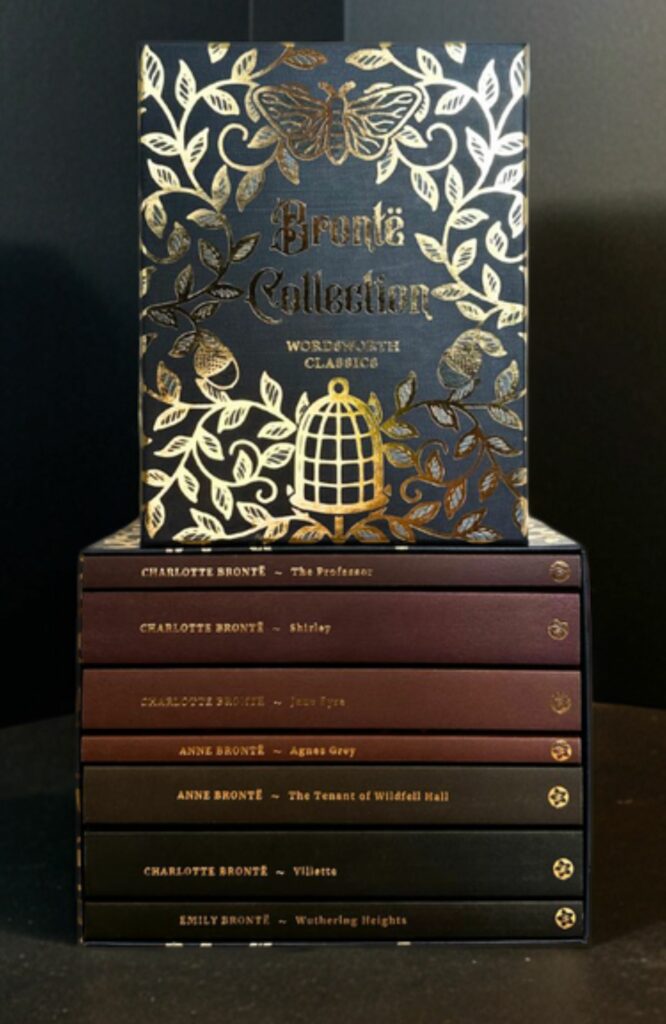
The Complete Brontë Collection
Anne BrontëCharlotte BrontëEmily Brontë
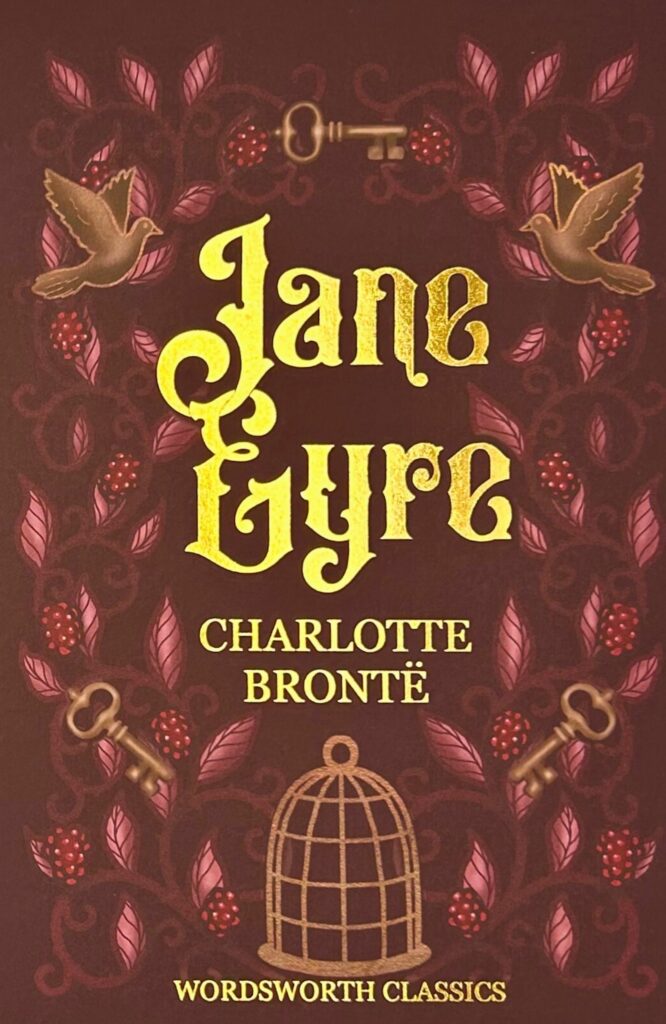
Jane Eyre
Charlotte Brontë
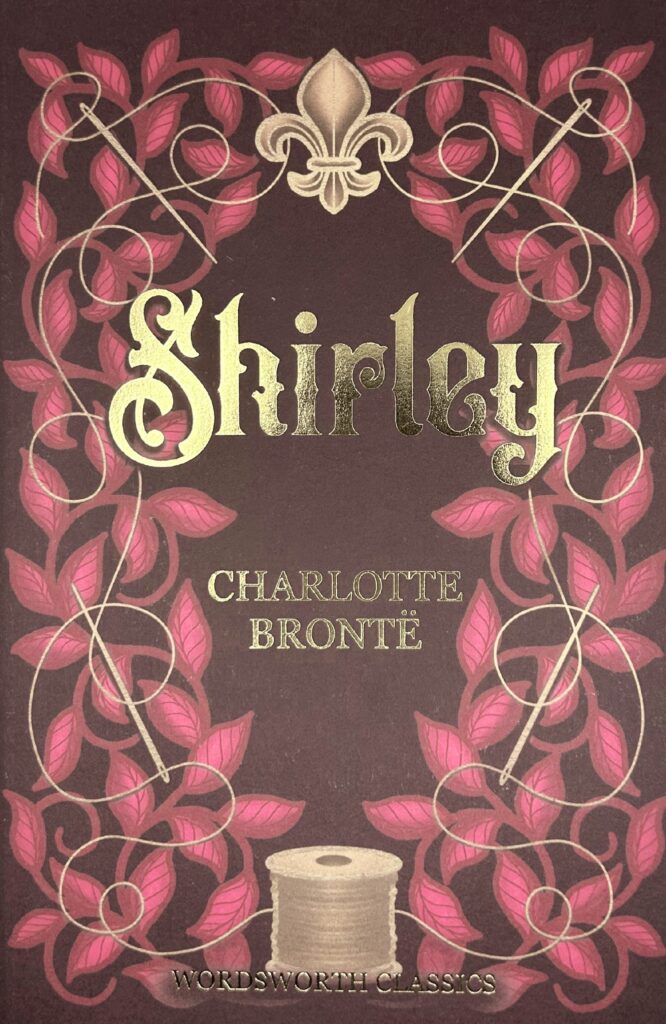
Shirley
Charlotte Brontë
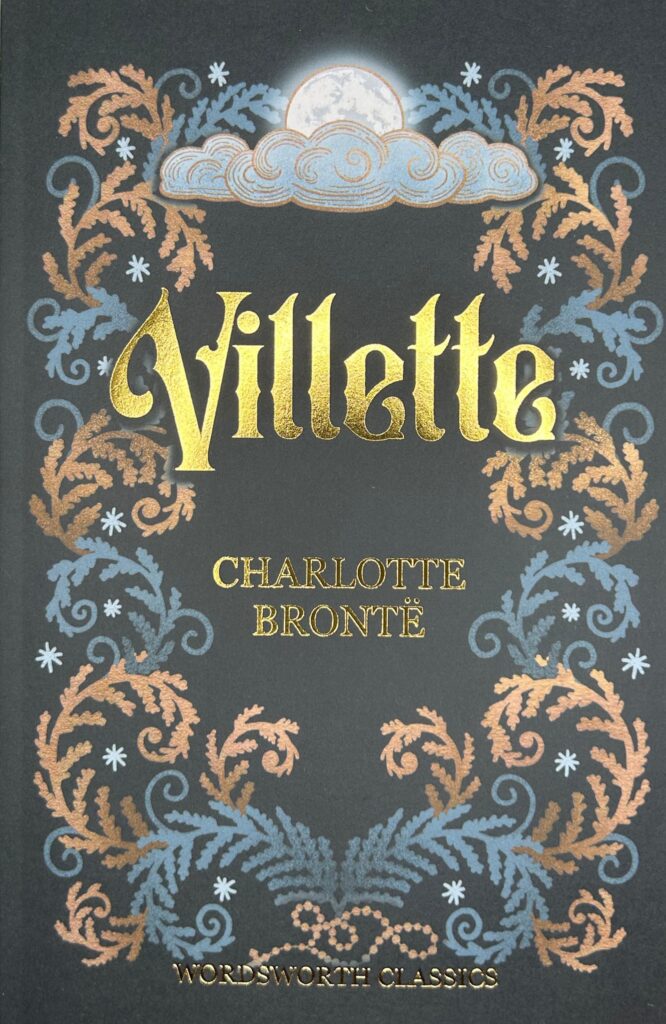
Villette
Charlotte Brontë
